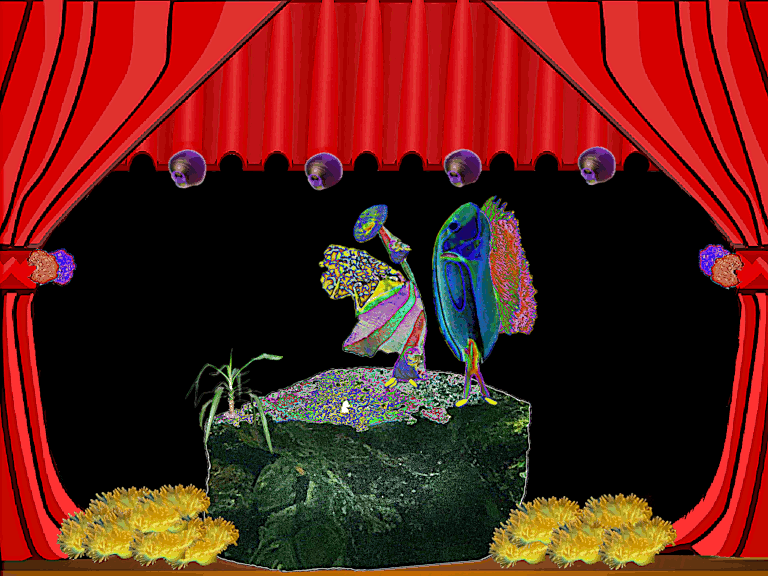
Making an LMAC collage this week was not only fun--it was therapeutic. There were a lot moving wheels in my life over the last several days. Relaxation, rest between the gear shifts, was provided by my efforts to transform @shaka's spectacular template photo.
The Template by @shaka
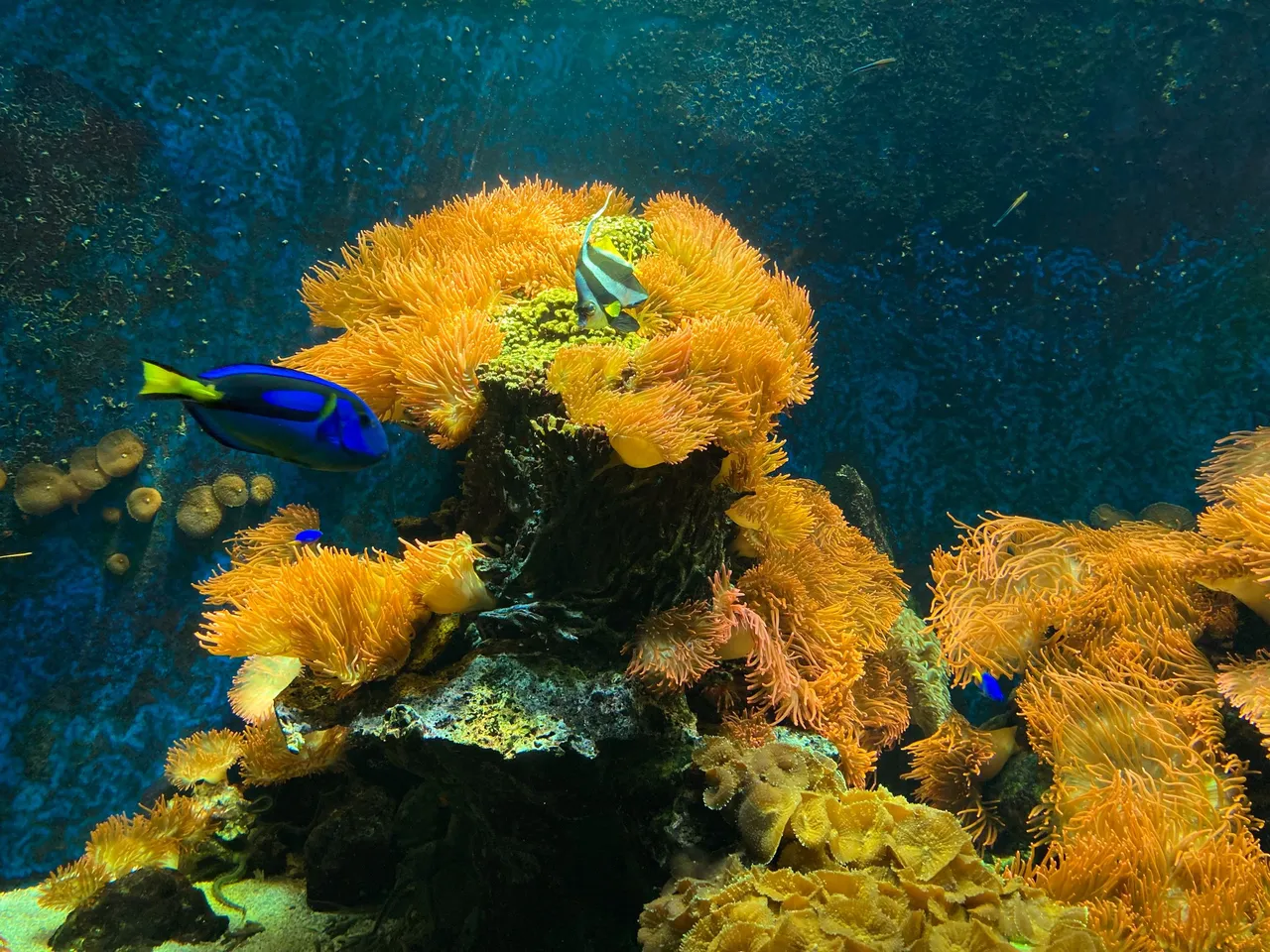
I wasn't the only person inspired by this photo. Check out someone of the other interpretations on the LMAC curation blog, here.
Where did my interpretation originate? One never knows the answer to that, but probably a factor in the inspiration came from another blog I wrote this week about sharks. It is impossible to avoid the issue of propagation in reading about any species. This is, after all, the primary challenge and responsibility of every species. In Darwinian terms survival and successful propagation are the basis of a species' 'fitness'.
There are so many ways in which different organisms address and solve this problem. The beautiful creatures in my collage apparently have a courtship ritual. But how do they share genetic material? Because Hive is a PG 13 platform, I have not shown readers the next stage of the relationship :)
Reproducing Means Passing on Genetic Material--One Way or Another
Since this collage was inspired by sharks, I'll look at shark reproduction and that species' approach to evolutionary 'fitness'.
The first verified instance of a shark reproducing without exchanging genetic material with a mate from the opposite sex occurred in 2001, at a U. S. aquarium.
A Hammerhead Shark, Fernbank Museum of Natural History,GA, USA
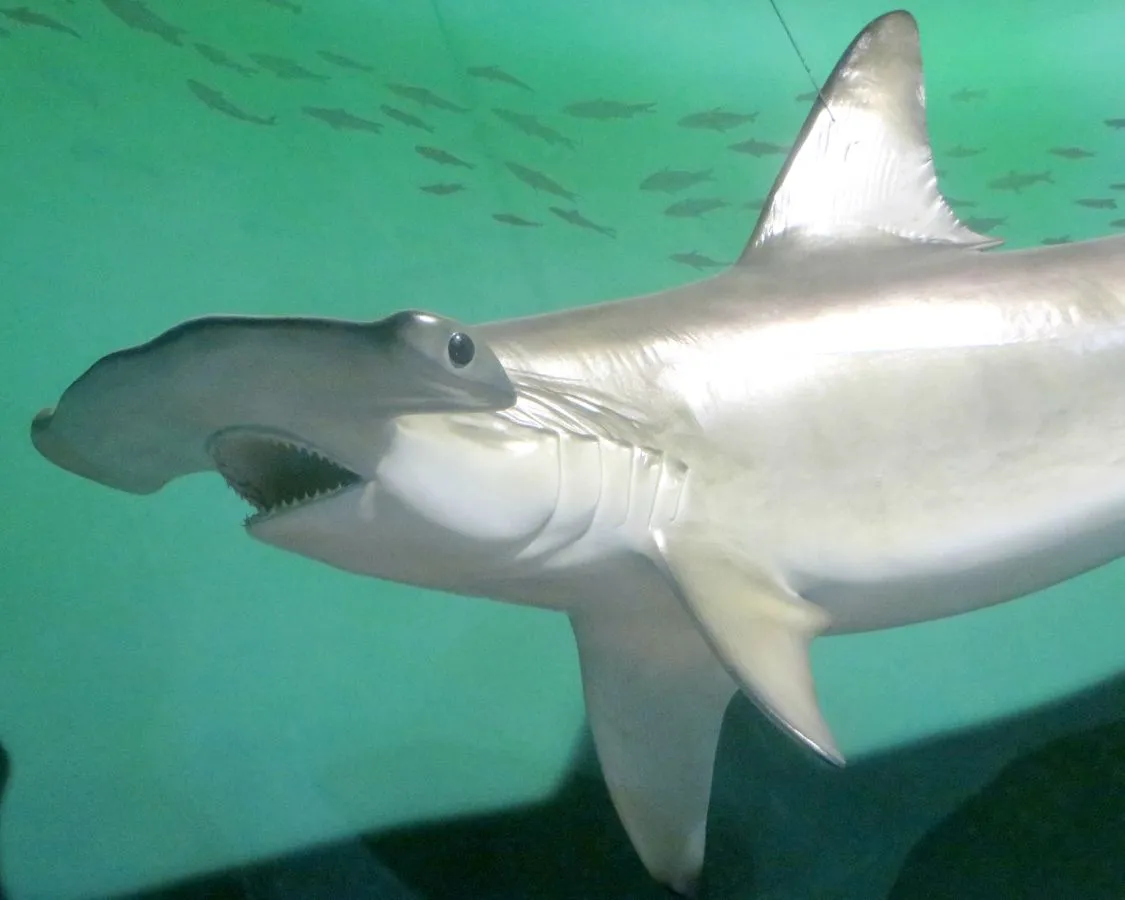
Credit: Eden, Janine and Jim from New York City. Used under CC 2.0 license.
In this instance of asexual reproduction, a hammerhead shark had been raised in the aquarium and resided only with females. Yet, she produced a pup (shark babies are called pups). Since 2001, there has been another case of a female shark reproducing without a male. This time it was a zebra shark in Australia, 2017.
Zebra Shark Baby (Not the One From Australia)
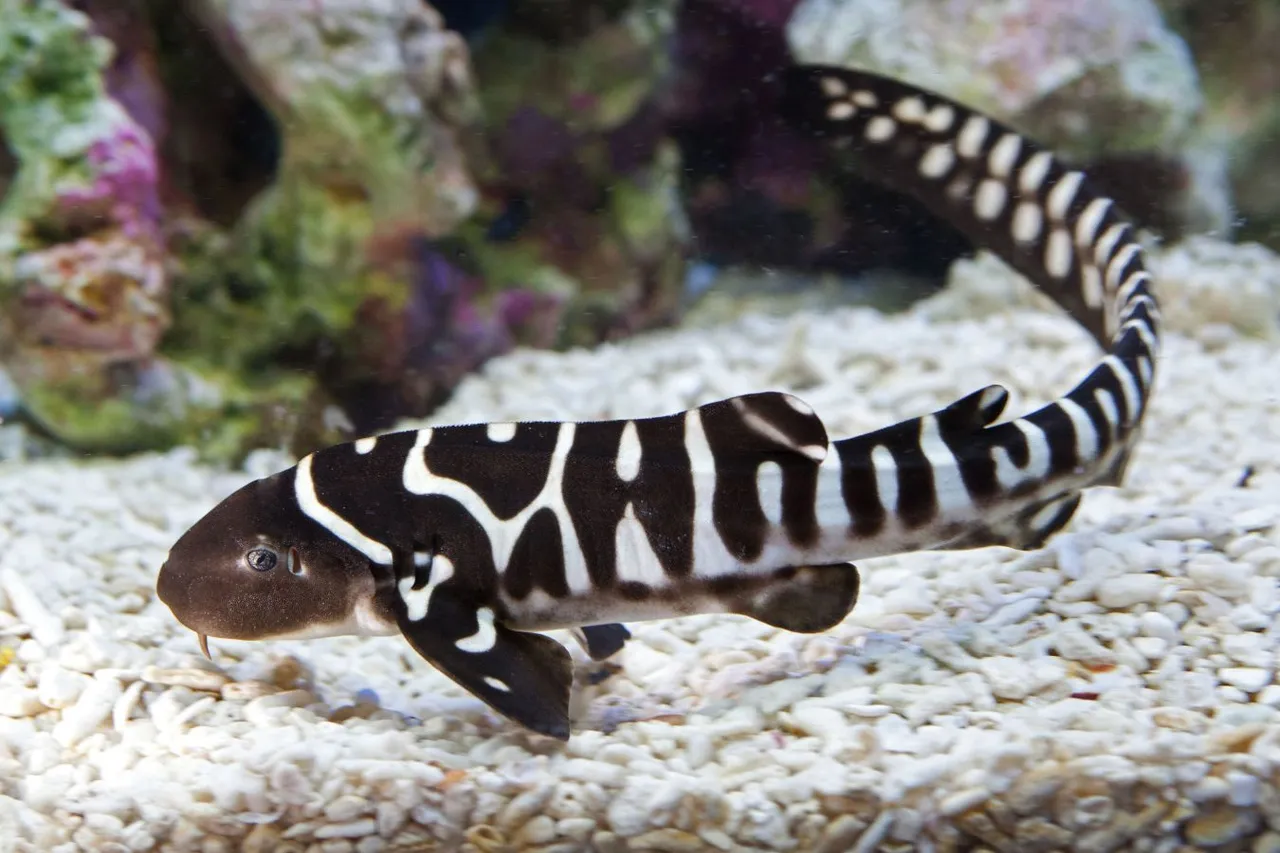
Credit: Gp258. Used under CC international license 4.0
The case of the zebra shark was particularly interesting because that shark had previously mated with a male, had been separated for years, and then reproduced asexually. It was the first known instance of a shark mating sexually, and then asexually.
In both cases, the hammerhead and zebra shark, the pups were tested to see if there was genetic material present from another shark. In both cases, the offspring contained only the genetic material of the mother. When there is a case of asexual reproduction such as these two represent, it is called parthenogenesis.
Caucasian Rock Lizards Reproduce Asexually
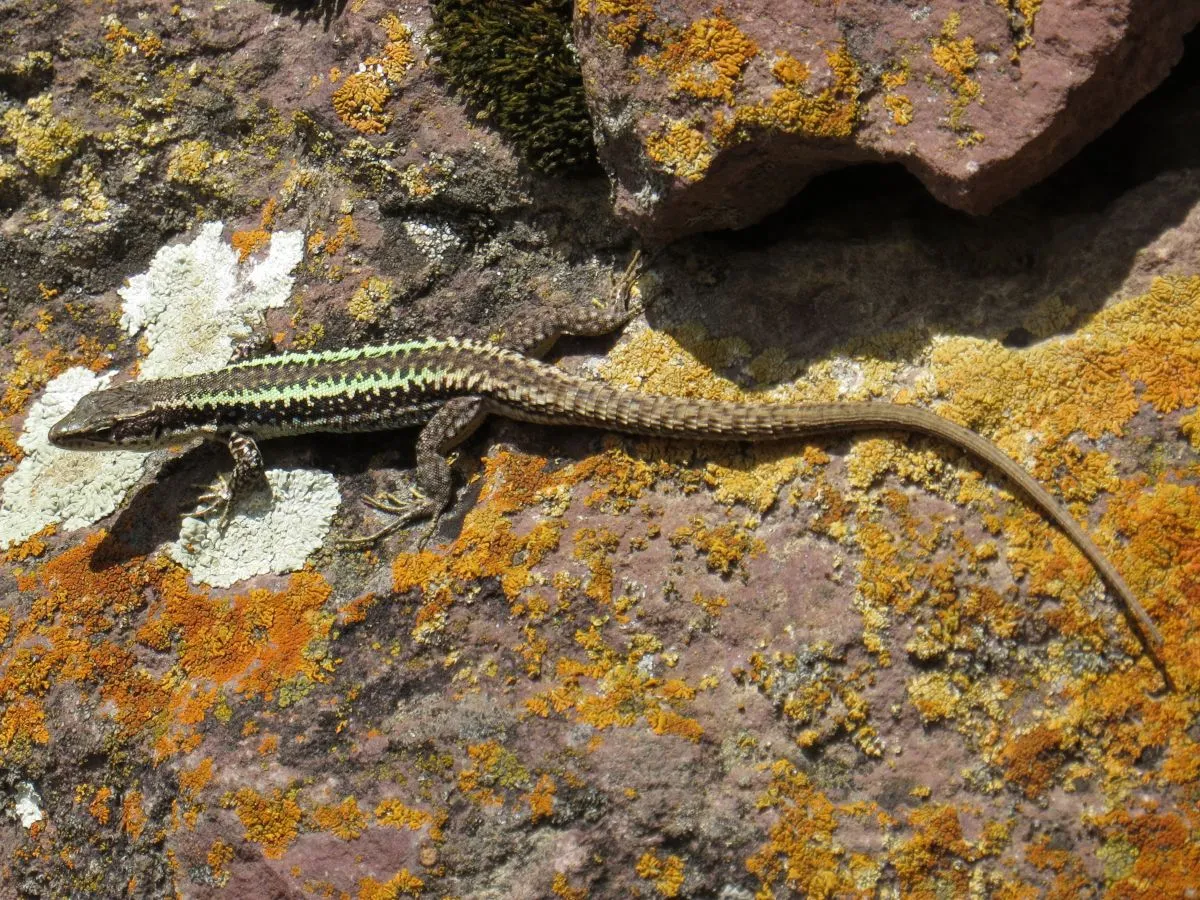
Credit: Alastair Rae from London, United Kingdom. Used under
cc license 2.0.
It is possible to find sites on the Internet that claim in nature, parthenogenesis does not occur in mammals. Whales are mammals, so apparently those sites are wrong.
No matter how offspring come into the world, their method of conception is distinguished by essentially one fact: Were there two parents (sexual) or was there one parent (asexual)? When it comes to evolutionary advantage, two parents (exchanging genetic material) is better in the long run, because it leads to genetic diversity which tends to favor survival of the species.
Although I have cited two cases of shark parthenogenesis, overwhelmingly sharks reproduce sexually. The male inseminates the female, generally with violence. The male does so much biting that he leaves wounds. It has been surmised that a female shark's skin is much thicker than a male's so she can survive his attentions.
This video by Discovery on YouTube shows the scars inflicted and the aggressive mating behavior of a male shark:

When a female shark is inseminated, the sperm enters her eggs and fertilizes them. There are three ways the pups can be 'delivered'. The eggs can be deposited in the water, in which case the mother swims away and the offspring are on their own when they hatch. This is called oviparity. Another way is, the eggs can grow inside the mother and be fed by placenta/umbilical cord (viviparity). When 'delivered', the pups are then on their own. The third way of 'delivering' eggs is to have the egg grow inside the mother but be fed entirely by a yolk sac instead of a placenta. This is called ovoviviparity.
Great White Shark is Ovoviviparous

Credit: Brocken Inaglory. CC 1.2 license. The shark my produce between 2 and 10 pups in a litter. Sometimes the first pup to hatch will cannibalize the others.. Survival of the fittest!
This was fun. First I had a plainer version and thought I was done.
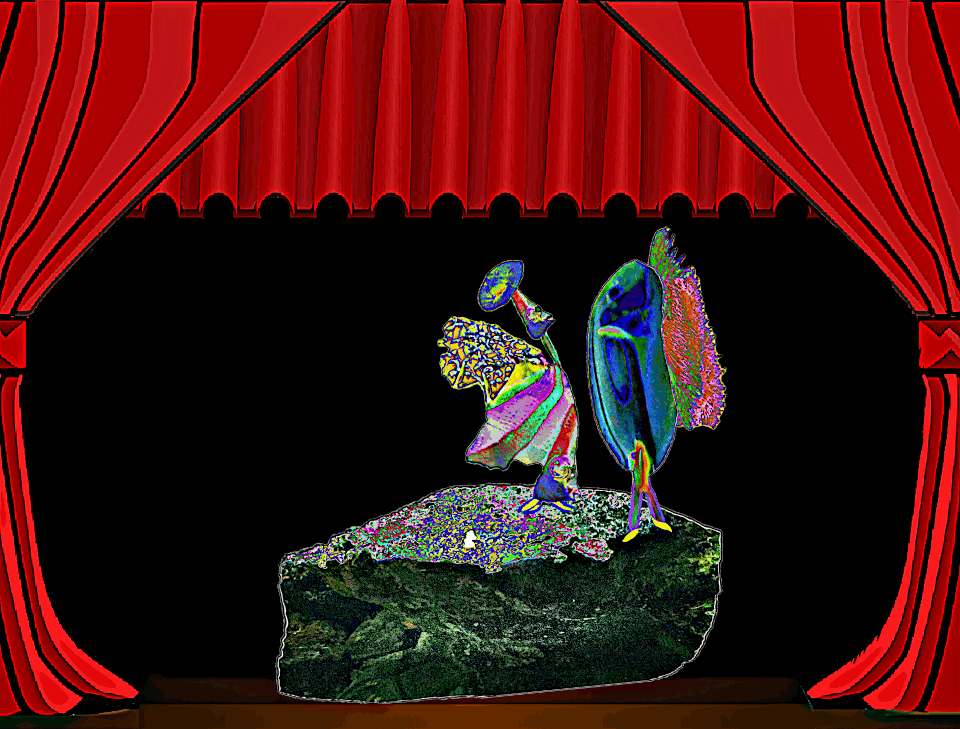
But something was missing, so I added a snake that dropped from the ceiling and represented the loss of innocence.
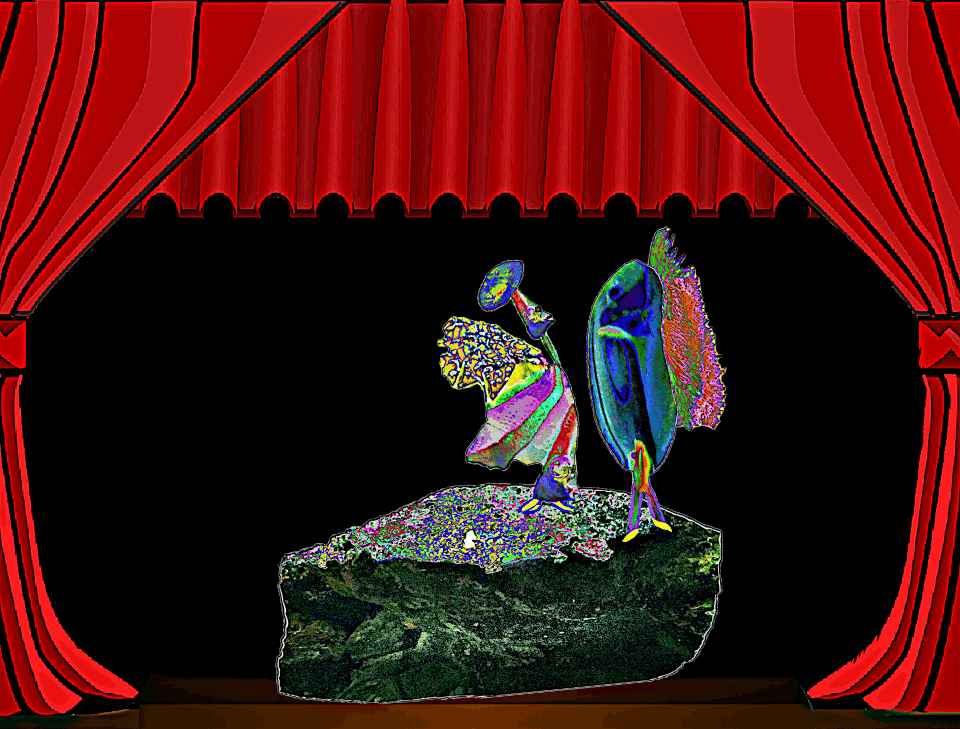
But then I got up this morning and thought I really hadn't done justice to the picture. All that empty space, wasted. The picture could have been so much more expressive. So I went to the LIL Image Gallery and found pictures from some of my favorite contributors.
From @muelli I borrowed the flower, that ties the stage curtain.
From @redheadpei I borrowed the moon that acts as stage lights
From @yaziris I borrowed the plant that helps to balance (I hope) the stage scene.
I borrowed vector images also from Pixabay:
The curtain
The stage
The other elements in my collage came from @shaka's amazingly rich template photo:
The dancers are numbered 1 and 2.
The hat on the female dancer is numbered 3.
Flowers on the stage, numbered 4 and 5
Snake numbered 6.

Here are a few of the major steps on the way to the final collage:
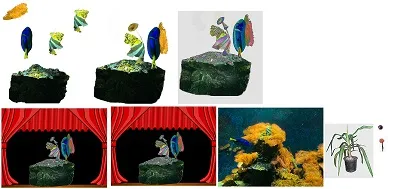
I used a lot of paint applications and filters from GIMP to get the effect I wanted. Also, frames and image manipulation were managed in Paint 3d. GIF constructions were accomplished in GIMP.
Here's a still of the base image:
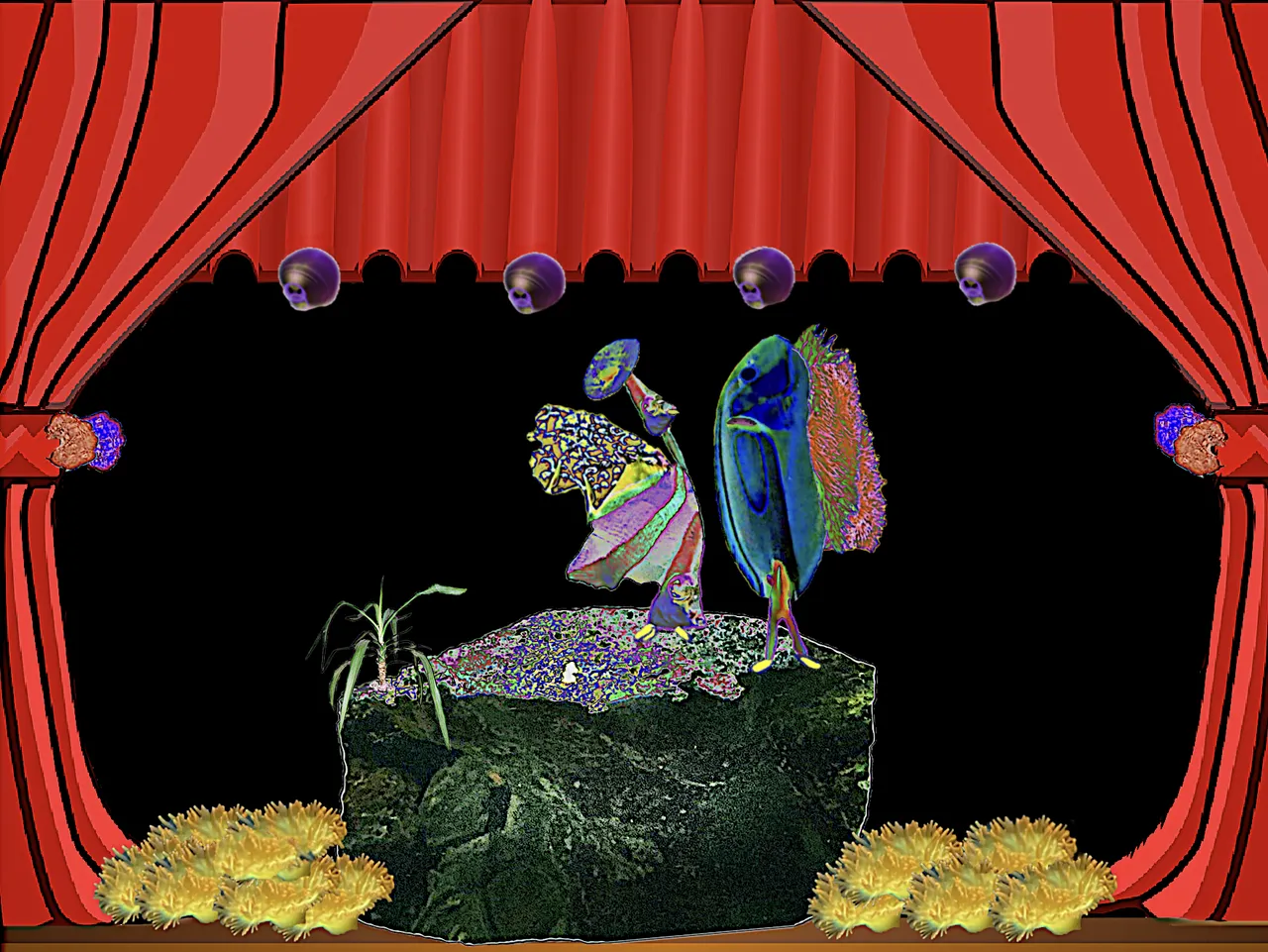
*Please note in the final GIF at the top of this blog: in addition to the dancers' movements, the overhead lights, the plant on the pedestal and the plants on stage move in sync as the 'excitement' builds.
LIL and the LMAC Collage Contest
Everyone on Hive is invited to join in the fun of making a collage. I've been doing it almost since the first week. There are prizes, but I don't compete. Making a collage is fun and a creative experience. Round 152 has concluded and you can view the amazing winning collages here. Tomorrow we begin a new round. Check out the new template photo when it is published on the LMAC community blog.
LIL, the LMAC Image Gallery, is an outgrowth of collage creation. Anyone on Hive may contribute to the library and everyone on Hive may borrow. Procedures are outlined here.
I hope you enjoyed my brief little excursion into shark evolutionary 'fitness'. I am fascinated by the creatures and will surely be blogging more about them in the future. I wish all my readers a peaceful day.